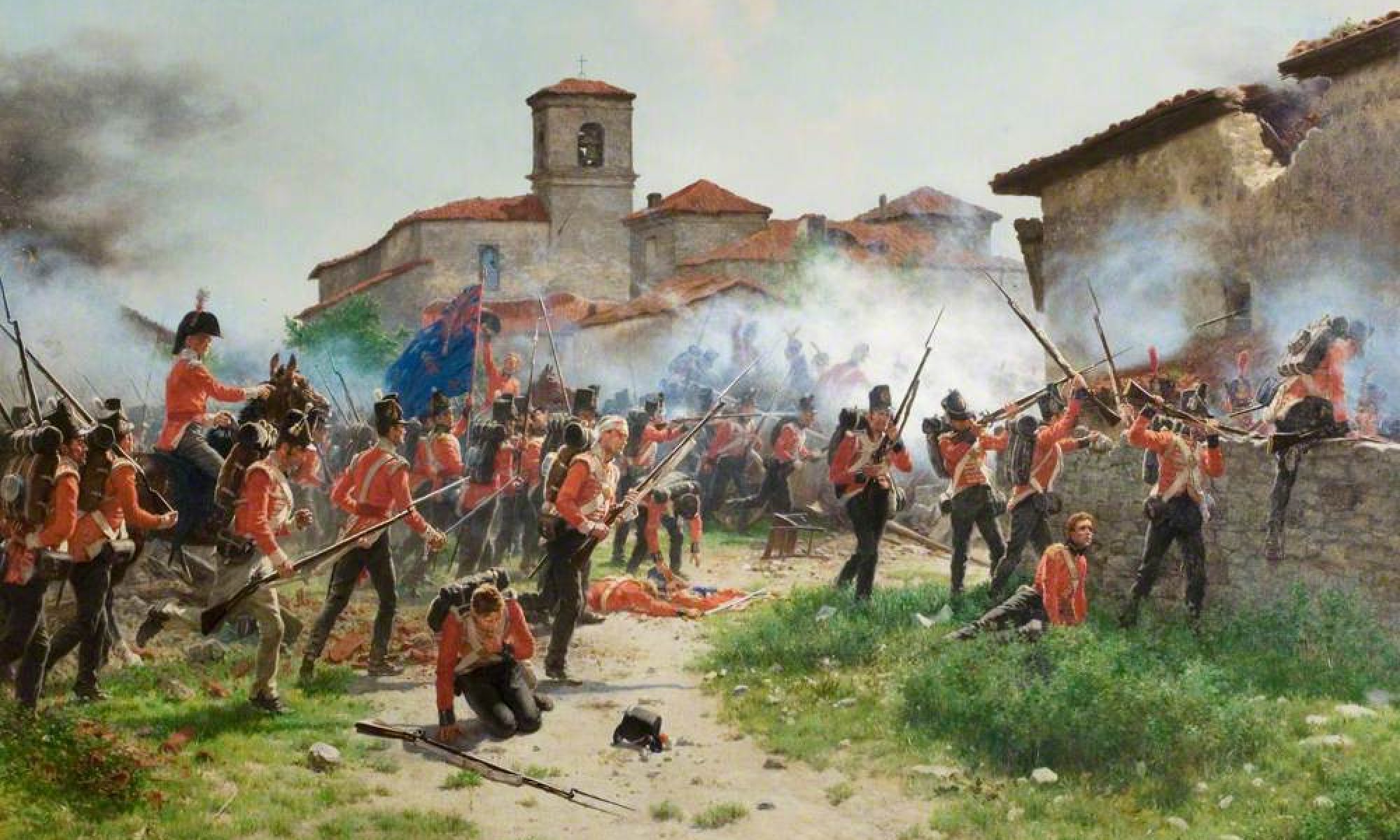Knowing my grasp of maths and arithmetic this will probably go pear shaped. But here’s some thoughts on Roman legionary supply trains from around the 1st Century AD.
There were 9 contubernium in each Century.
And that means 9 tents per century and one Centurion’s tent so 10, there’s no evidence where the Signifer or Optio slept, Goldsworthy say’s that The cramped leather (waterproof goatskin) tents used by the Contubernium’s where carried by Mule’s, which where tethered to the rear of the tent when in camp, assuming that “Marius’ Mules” carried all their personal equipment on their back’s They would probably have needed two real mule’s to carry the tent and poles for them and the centurion and heavy equipment such as axes, pickaxes, mallets, spades, turf cutters and quern stones for grinding grain, and possibly the large caltrops (tribuli), and Cowan say’s that the mule’s was taken care of by muleteer’s (military slaves called Calones). I gather then that each century would have a considerable baggage train.
So let’s have a go at breaking it down here.
1 Century has 10 tents, carried by 18 Mules based on two Mules for each contibernum in the care of either 9 or 18 muleteer’s (calones) who where probably assigned by the, prefect Castrorum.
Providing that enough animals where available, a nightmare of a job no doubt, this means that on paper one cohort of six centuries would have a baggage train of 108 Mules and a similar or double number of calones.
A legion of 10 cohort’s thought to number over 5,000 men, would have some 1,080 Mules and similar number of Calones coming after it. That is some supply train when you consider an army could consist of over three legions, plus double that number of auxiliaries. This also bearing in mind that Marius reformed the army so that each soldier carried more equipment on his back to cut down the amount of mules required, hence the soldiers were nicknamed with customary Latin wit, “Marius’ Mules”
Josh




